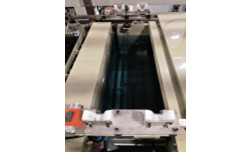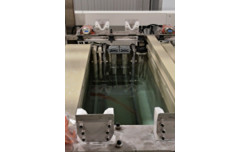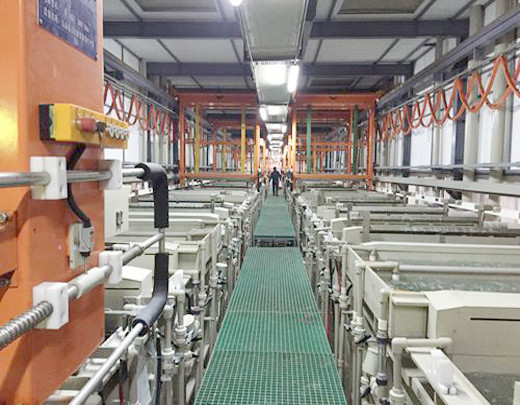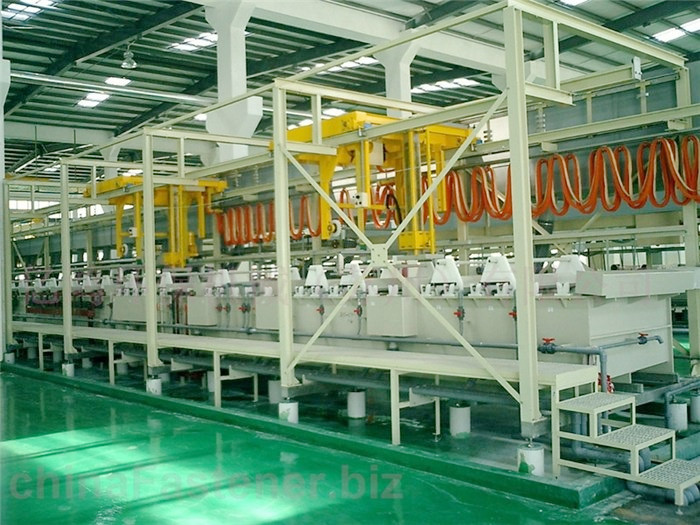1. Extend service life
Filtering the solution is mainly used to purify the solution.When the impurities such as oil stain in the degreasing fluid are heavy, the degreasing effect becomes worse, the supplementary materials increase, and the liquid temperature increases.If it is not filtered, the degreasing fluid can only be partially or completely renewed.Through filtration, not only the oil removal effect can be improved, but also the service life of the oil removal fluid can be greatly prolonged.
Electroless plating is an autocatalytic reduction process.When there are fine solid particles in the plating solution, it becomes the catalytic reduction center. The main salt metal ions with low content in the plating solution are quickly reduced and consumed not on the workpiece, but on these particles, and the plating solution will soon fail and be scrapped.Only when these particles are removed by filtration in time can the service life of electroless plating solution be guaranteed or prolonged.
2. Reduce plating solution failure and improve plating quality
Even if the suspended solid particles in the electroplating solution reach the cathode surface through diffusion, convection and electrophoresis, CO deposit with the coating or adhere to the coating surface, there will be many faults, resulting in rework and even scrapping of the workpiece. For bright electroplating, the brightness and flatness of the coating will be reduced at light, and the product will be unqualified at heavy.For example, the dye aggregate in the high dye bright acid copper solution causes the coating to produce hemp sand, and Cu2O copper powder is generated when Cu + in the acid copper solution is heavy, which makes the coating lose light, slow light up and poor leveling;Fe (OH) 3 in nickel plating solution causes pinholes and pits in the coating;When the porosity of the coating is high, the anti-corrosion performance is greatly reduced, and sometimes the coating has to be thickened, resulting in lower production efficiency and higher cost;All kinds of large mechanical particles cause burrs and roughness of the coating, which must be reworked.These suspended or coarse mechanical impurities can be removed only through careful filtration of the plating solution.
Only by keeping the bath highly clean can we reduce faults, reduce rework, improve quality, reduce comprehensive cost and improve market competitiveness.
3. Remove impurities from the plating solution
All kinds of harmful impurities will inevitably be produced and accumulated in the plating solution.When it exceeds the allowable value, it will bring various faults.
There are several ways to remove impurities:
(1) Various mechanical impurities are directly removed by filtration.
(2) The mechanical impurities formed by transformation are removed after filtration.
For example, excessive Cl – and Cu + in acid copper solution form CuCl precipitation, Fe3 + in nickel plating or chloride zinc plating solution forms Fe (OH) 3 precipitation, and Fe2 + in HEDP copper plating solution forms Fe (OH) 2 precipitation, etc.These impurities can be removed by direct filtration.CO2-3 is bound to be produced in alkaline plating solution, which is harmful when it is too much.In cyanide copper plating and zincate zinc plating solution, when the liquid temperature is low, too much c02-3 saturates and crystallizes into solid Na2CO3 • nH2O, which can be removed after filtration.
(3) Soluble impurities are removed by treatment and filtration in solid form.
This is a very common method to deal with impurities.For example, Fe2 + in potassium chloride zinc plating is changed into Fe3 + by oxidation, and then flocculated Fe (OH) 3 precipitation is formed. Cu2 + and Pb2 + impurities in the solution are added into zinc powder to replace the precipitation. The very harmful cr02-4 in cyanide copper plating, HEDP copper plating and nickel plating solution is reduced to Cr3 + by adding insurance powder (sodium bisulfite) to form Cr (OH) 3 precipitation;Cu2 + in nickel plating solution is added with yellow blood salt to form precipitation, and Cu2 + in acidic bright tin solution is added with sodium sulfide to form precipitation,β-Stannic acid is added into flocculant to flocculate and precipitate;Organic impurities that can be adsorbed by activated carbon in the plating solution are added to activated carbon and precipitated after adsorption.








 Dec. 20, 2019
Dec. 20, 2019 




